Portland General Electric provided the final reintroduction counts for the 2020-2021 steelhead season last Friday* and once again they were extremely disappointing: a total of 52 steelhead. These are fish from the Upper Deschutes Basin that were captured as out migrating smolts 2 years ago at the Selective Water Withdrawal tower in Lake Billy Chinook, potentially marked and released into the Lower Deschutes River, and which subsequently returned as adults. Last year 57 adults returned. It is almost important to know that the number of all steelhead (wild, hatchery, and reintroduced) captured at the Pelton Trap was very low (1,309).
Once again, I make the case that this is not an issue specifically with the Deschutes River, it is a result of many factors that have led to massive declines in anadromous fish populations throughout the Pacific Northwest. These include global warming which is destroying the food chain in the ocean as well as lowering and warming rivers, dams which remove habitat and impede migration, over fishing, pollution, cross-breeding and competition with hatchery fish, etc. Without large scale reform, wild steelhead in much of the Columbia Basin and beyond are on the path to extinction and hatchery fish could follow.
For those of you who track the reintroduction closely, keep reading.
Read More »


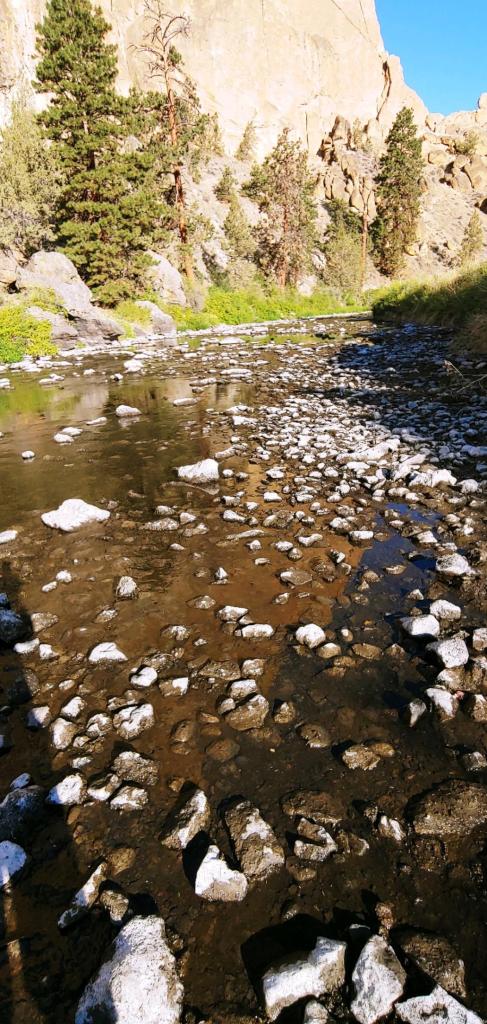
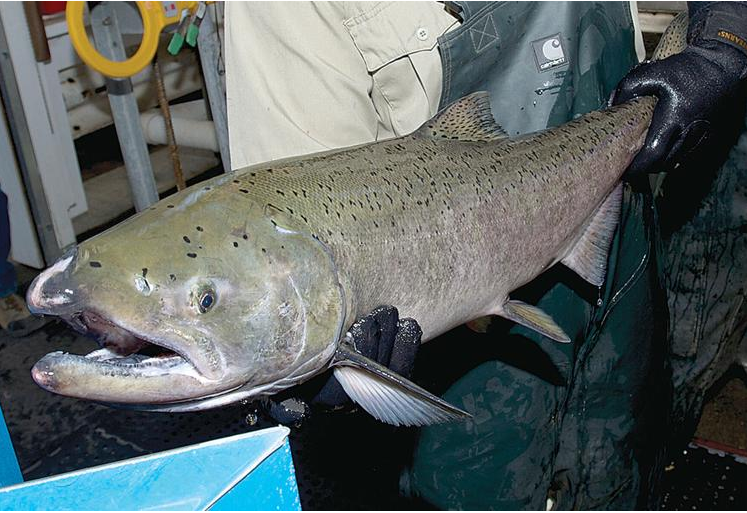
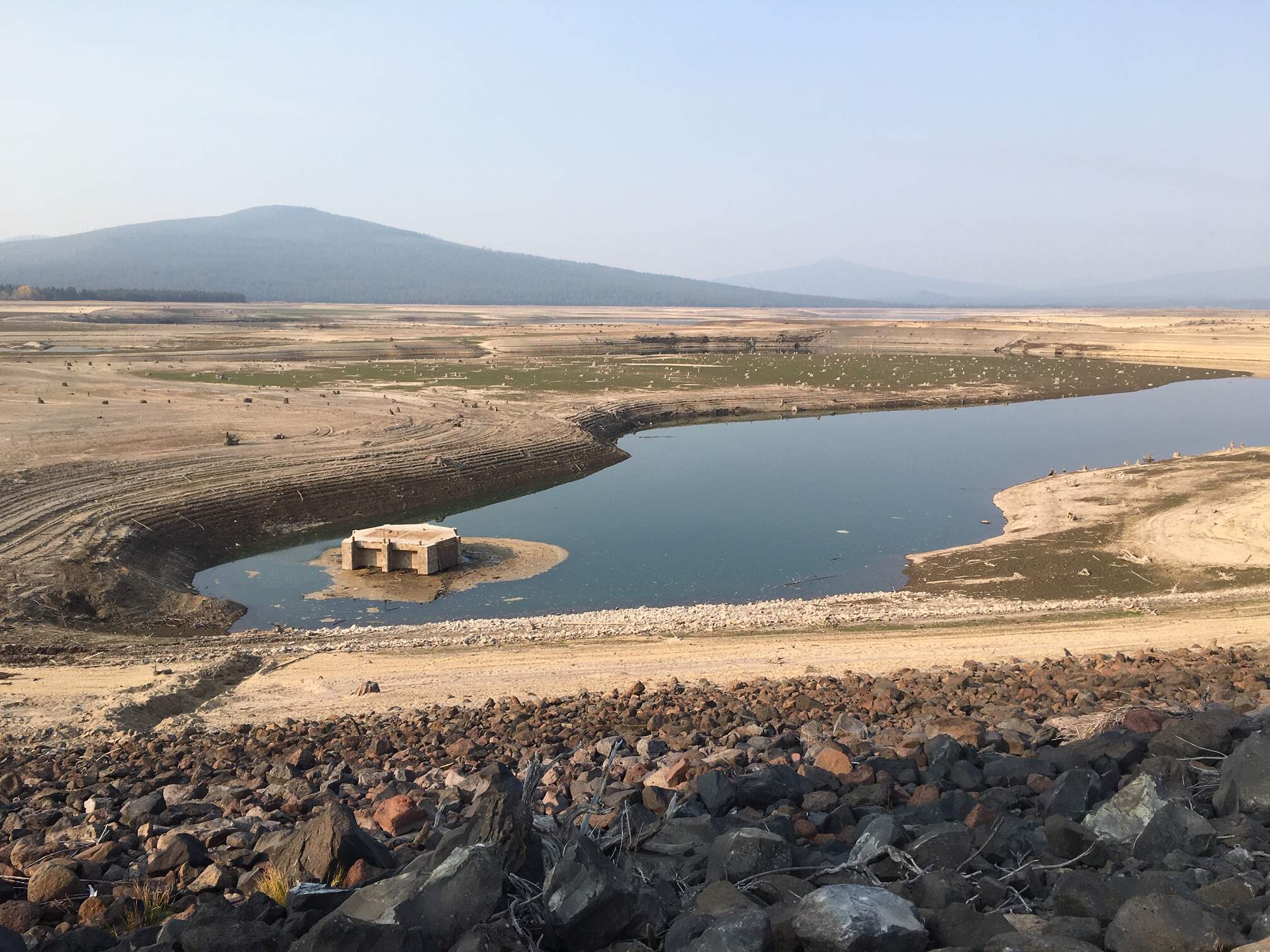

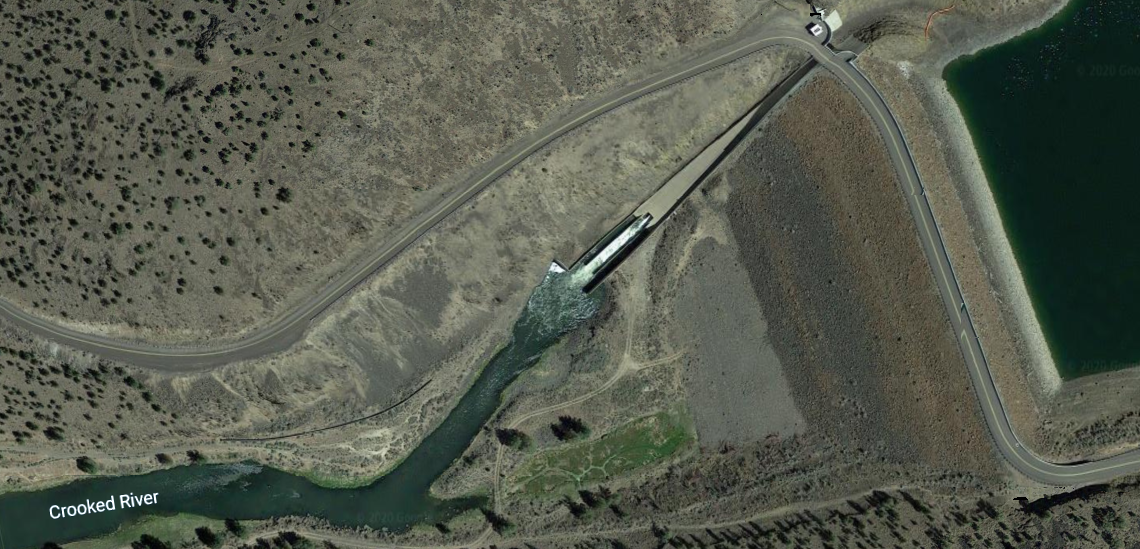

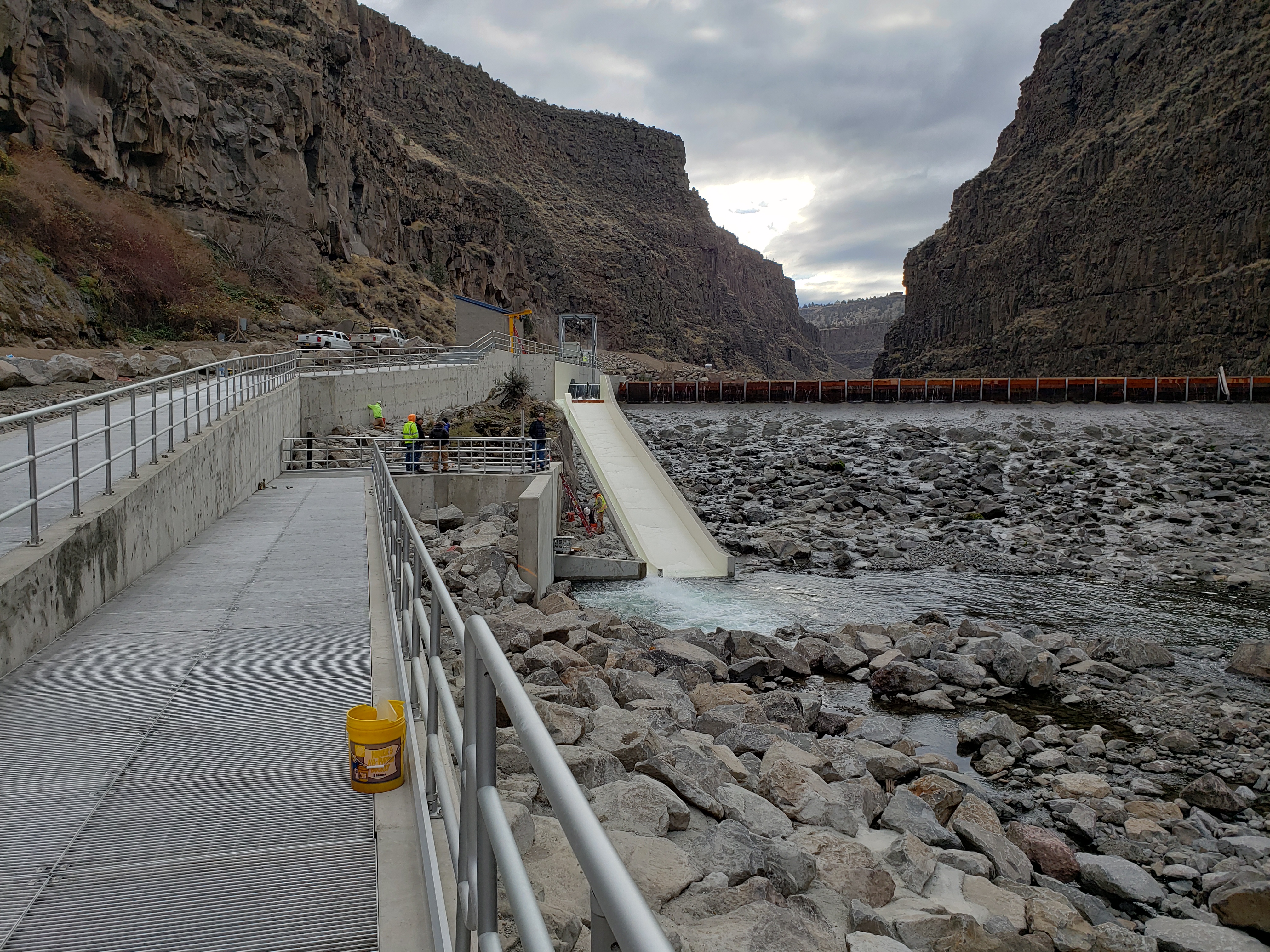
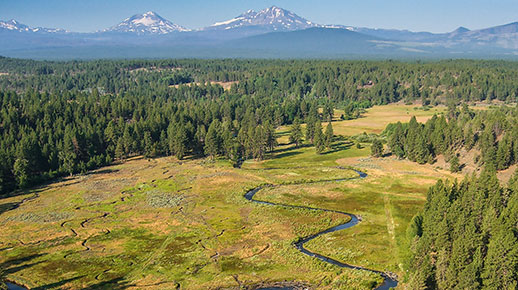
 Last week was the annual
Last week was the annual